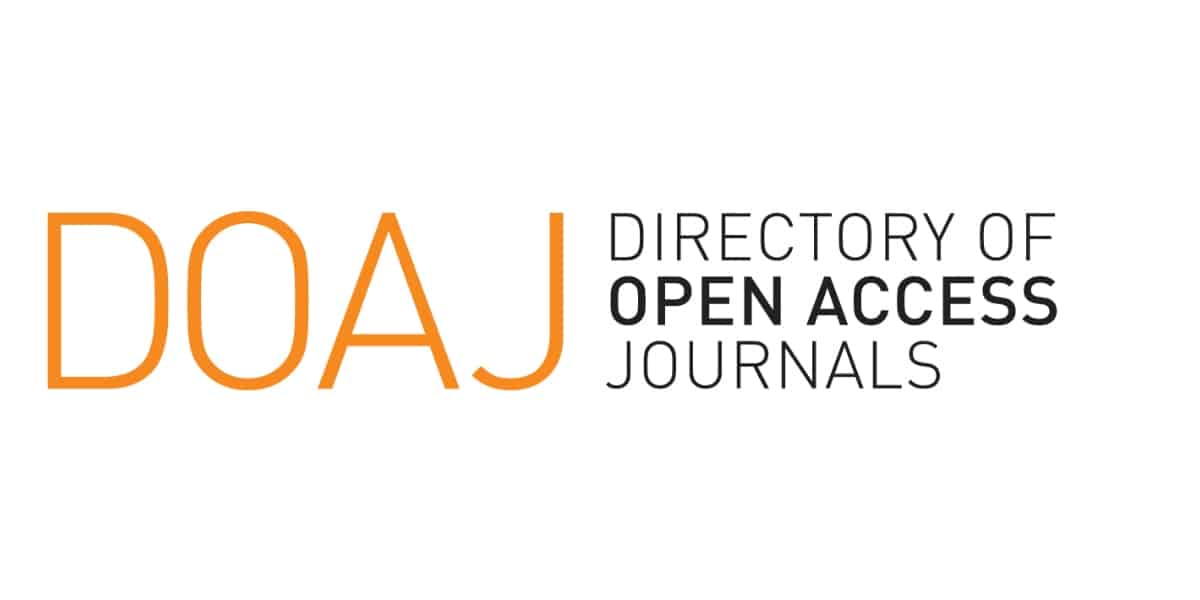THE POTENCY OF BURANGKENG LANDFILL AS A SOURCE OF ENERGY
Abstract
Burangkeng landfill has one active zone D that is usually used to accommodate waste. The capacity of Burangkeng landfill is able to accommodate 168,000 m3 of waste, but the waste volume reaches 940 m3 per day with 82.41% of that is an organic waste. From the population in Bekasi Regency in 2018 it can be estimated the amount of produced waste was 0.8 kg of waste/person/day. By calculating the rate of population growth in Bekasi Regency and the estimated population until 2025, volume of waste in Bekasi Regency was estimated around 964 tons per day. The purpose of this study was to determine the potency of generated energy from the organic waste in order to reduce the waste volume entering the landfill and to maintain the sustainability of the landfill. The calculation in this study was conducted using direct measurement and literature methods. It was found that the potential percentage of methane gas in zone D reach 60.7%. Zone D as the only active zone used for waste gathering has the potency of total volume of methane gas per year approximately 1,614,774 tons and it is able to produce the electricity power of 651 kWh.
Keywords: Burangkeng landfill,electricity, organic waste, methane gas, waste

_page-00013.jpg)







_(1).png)

